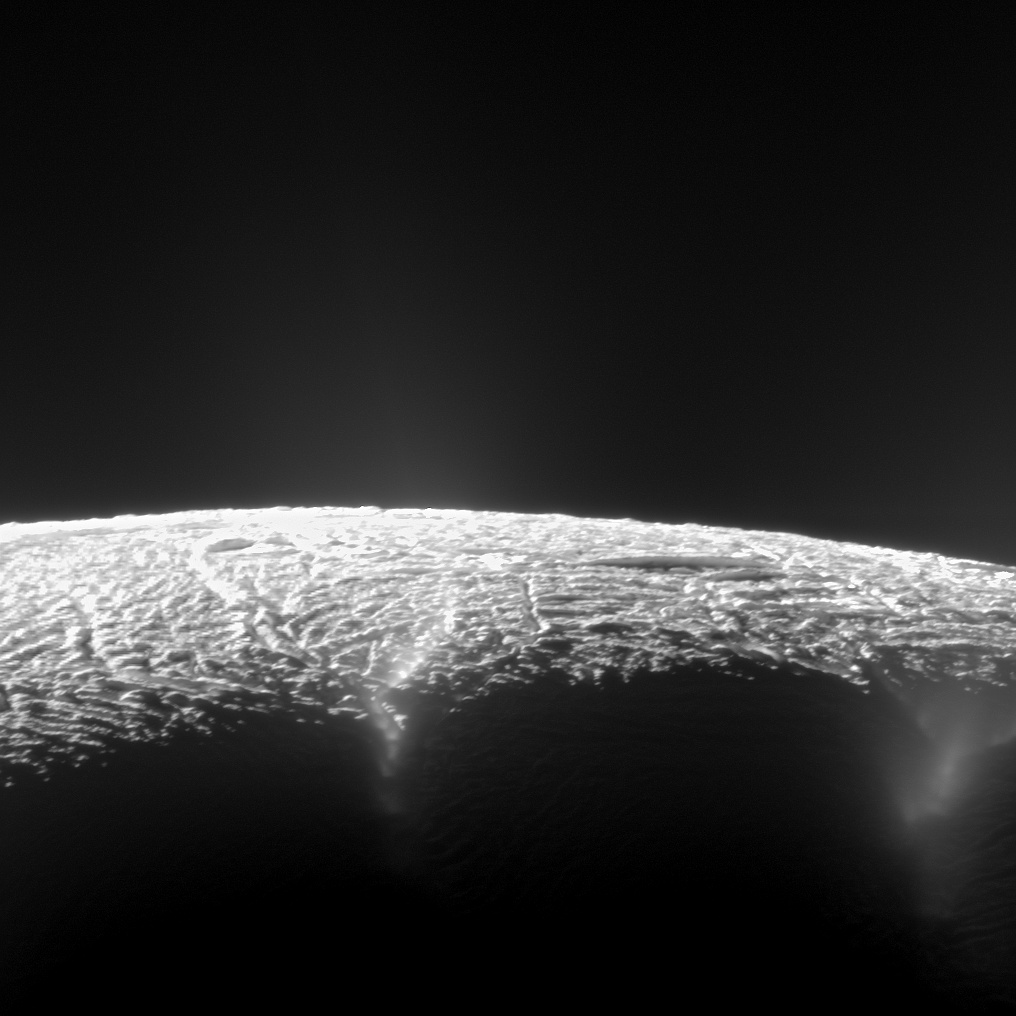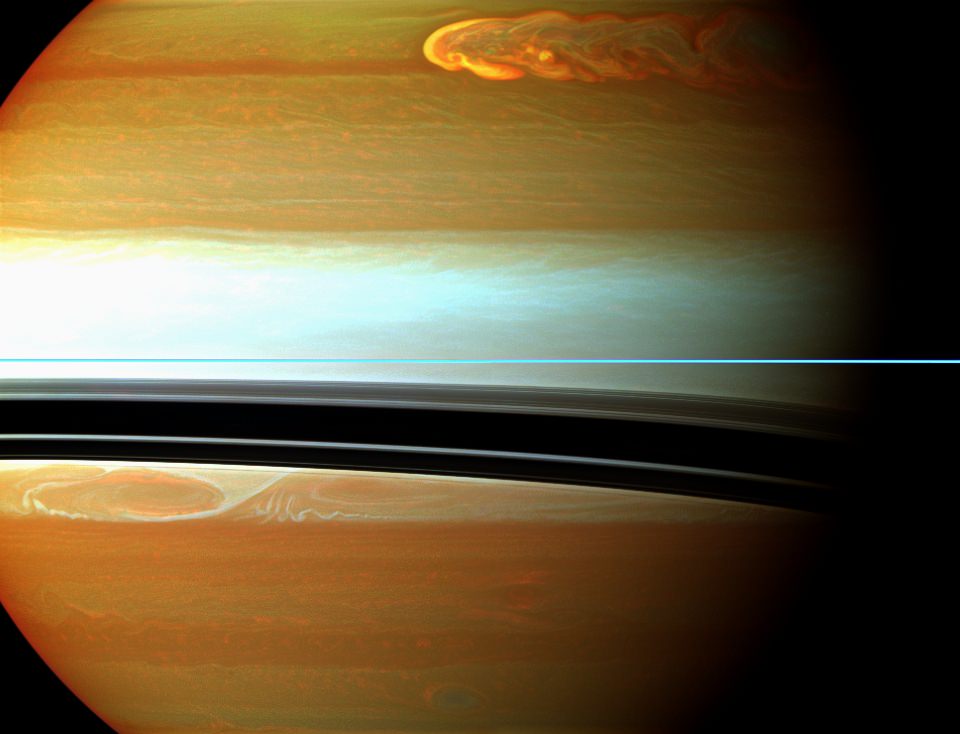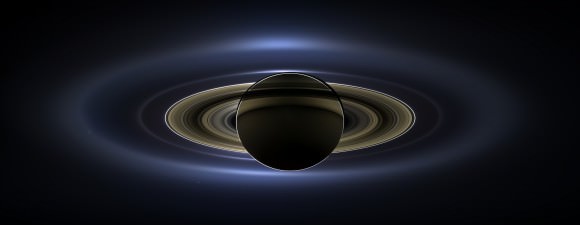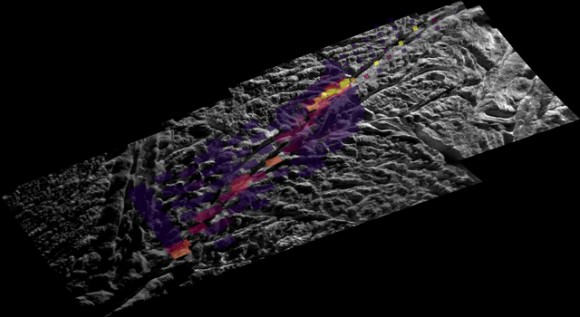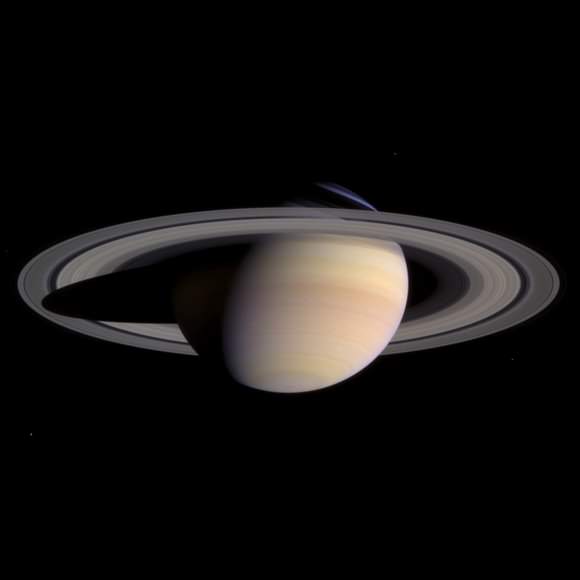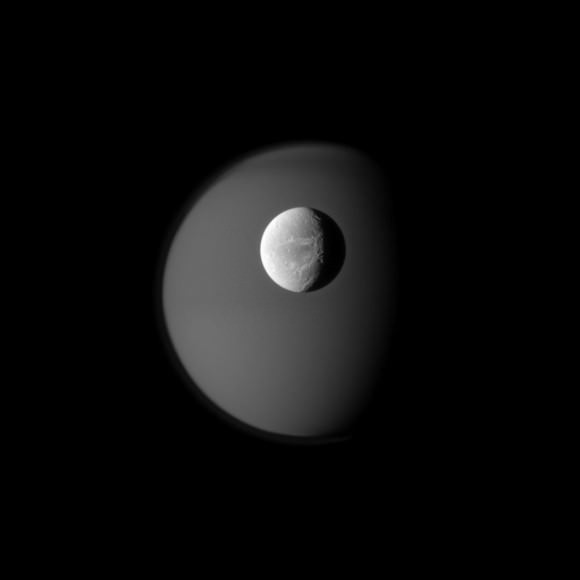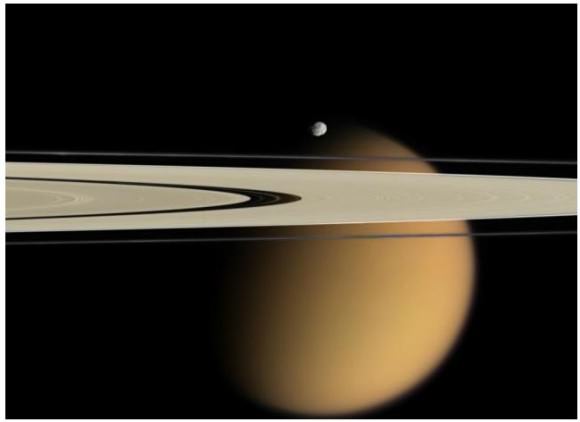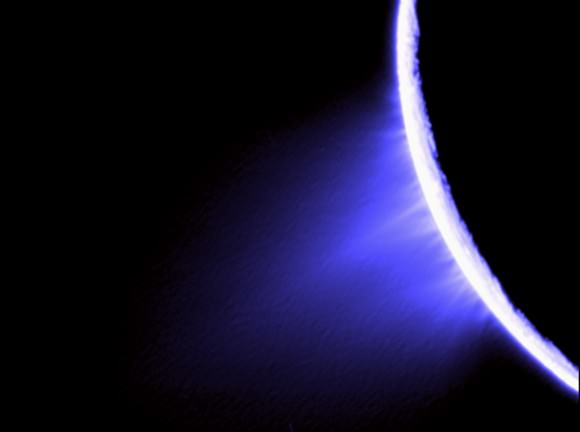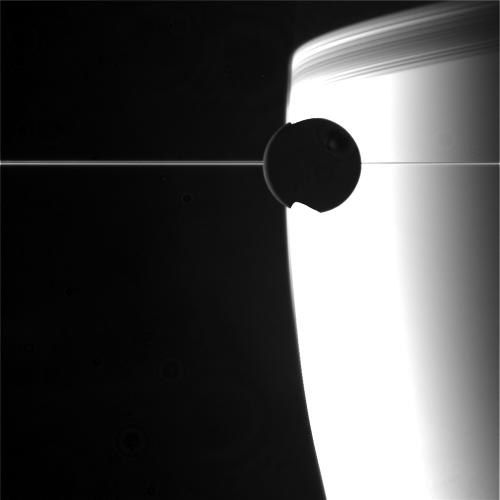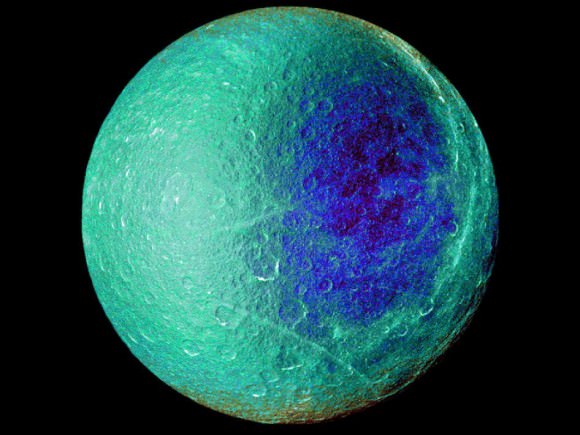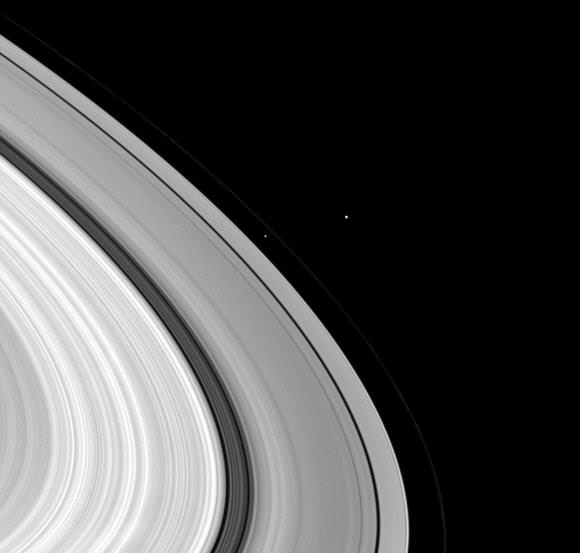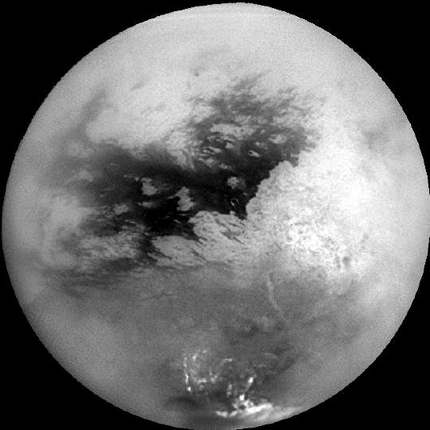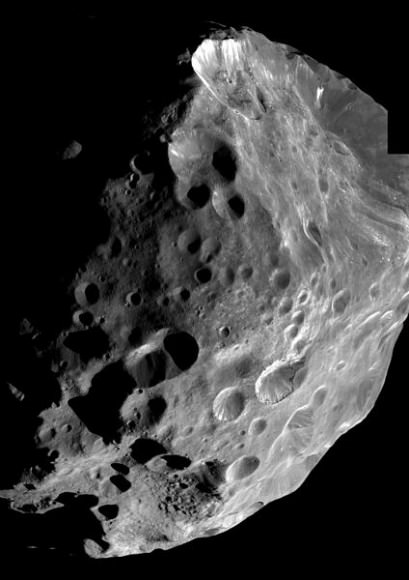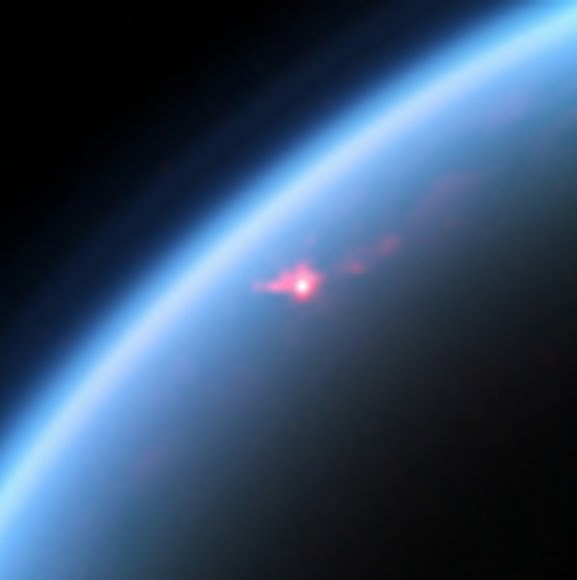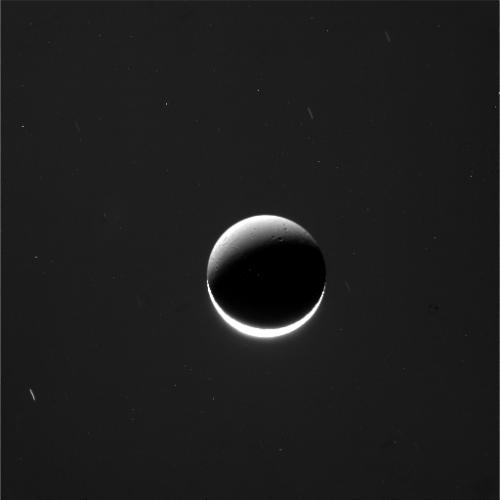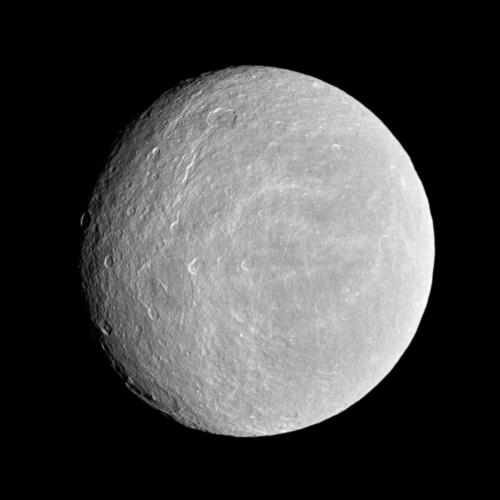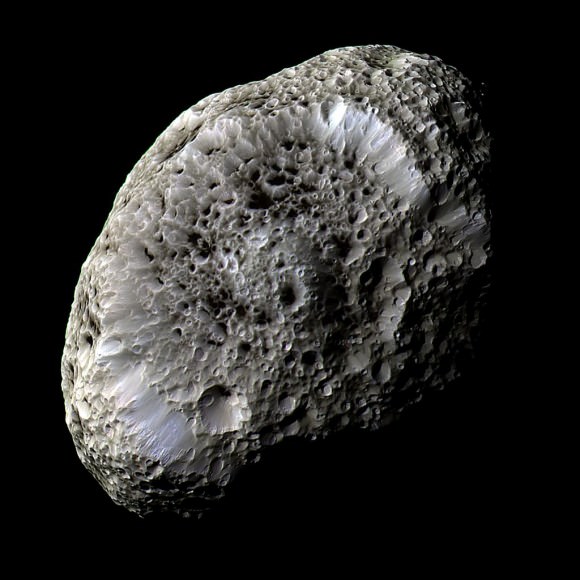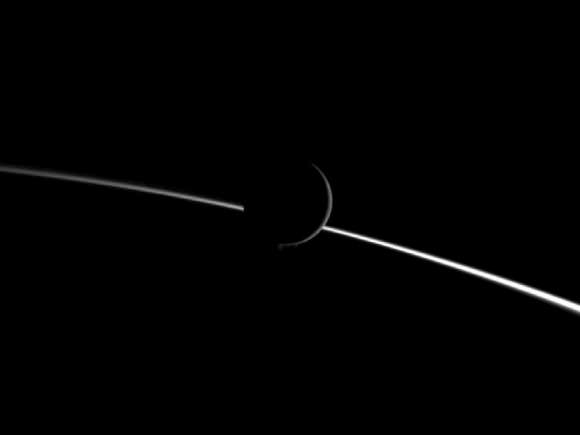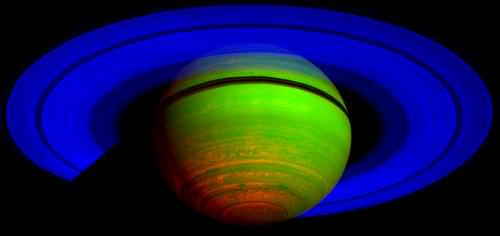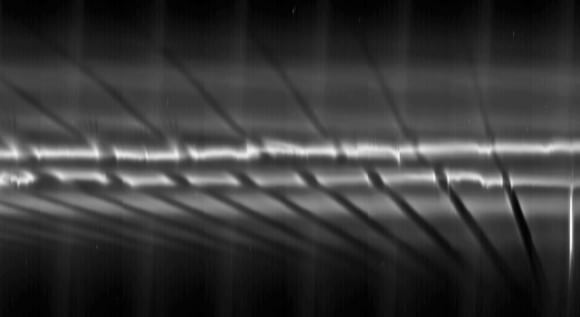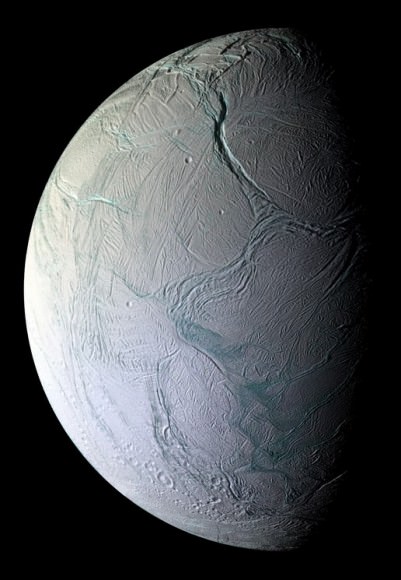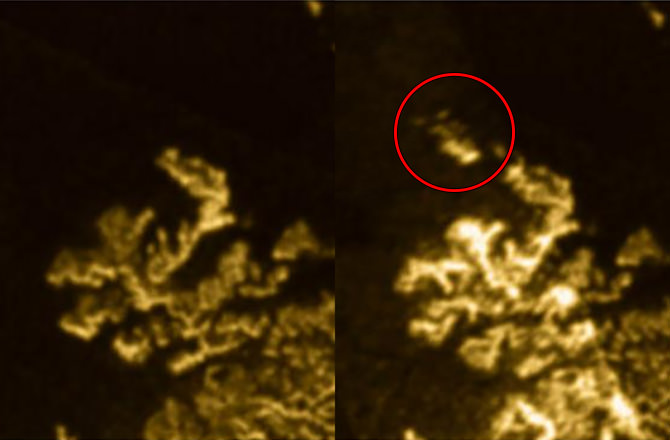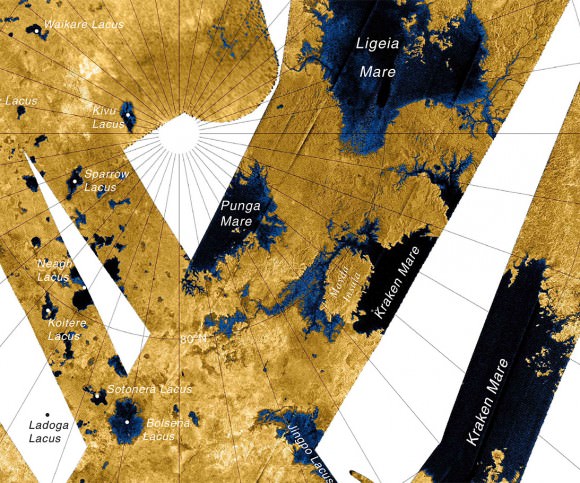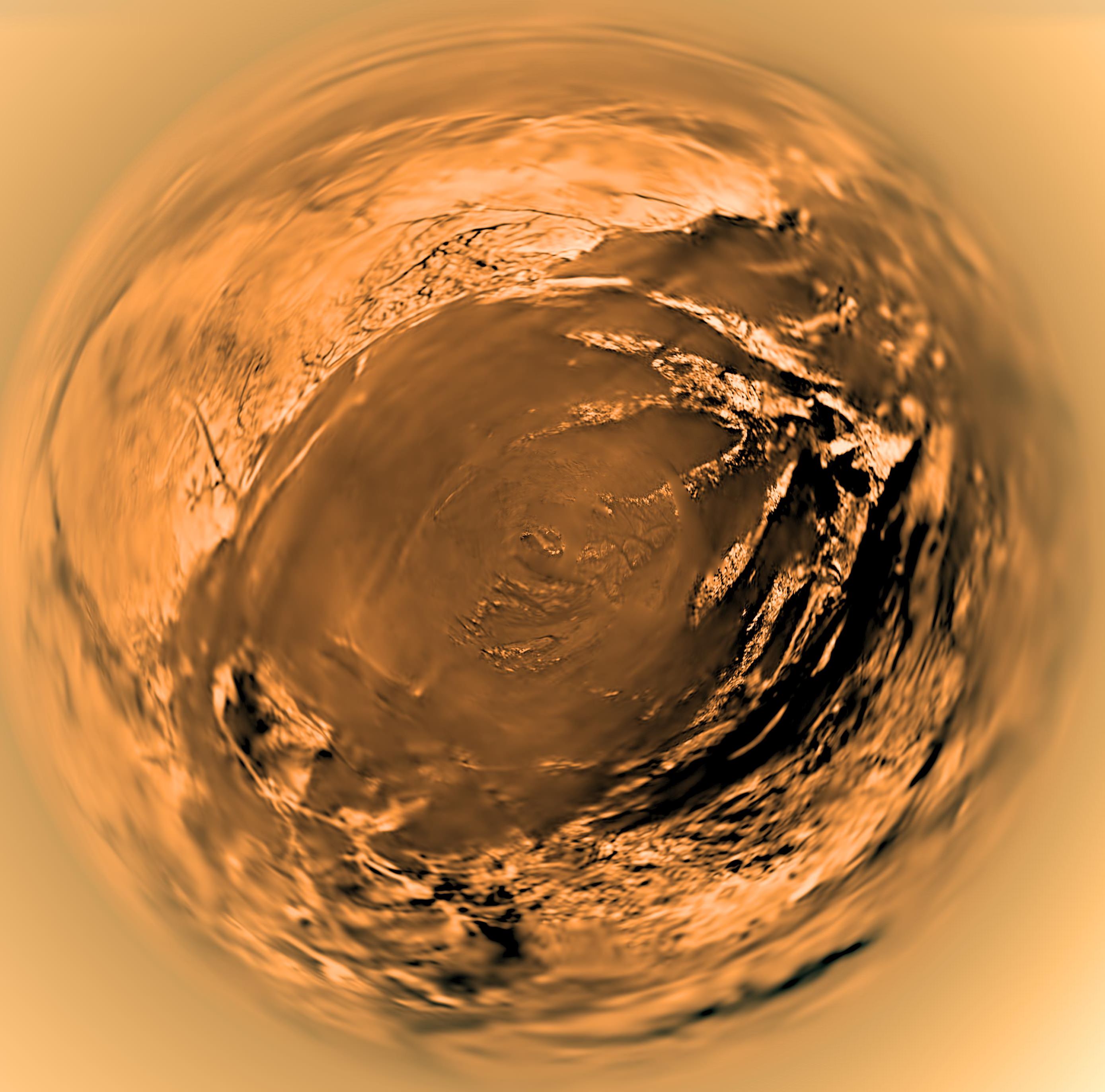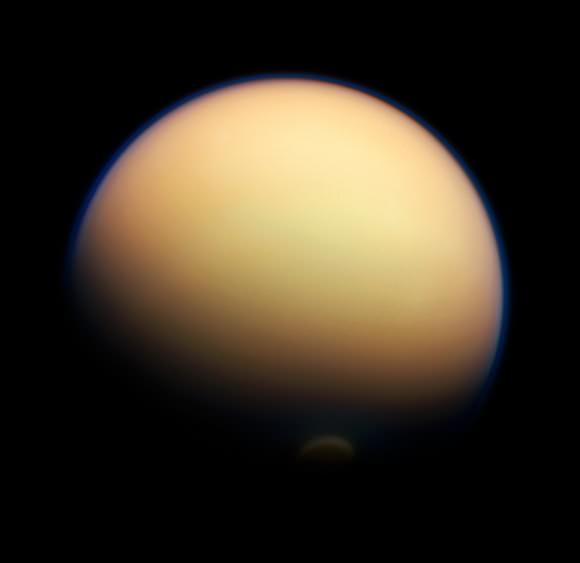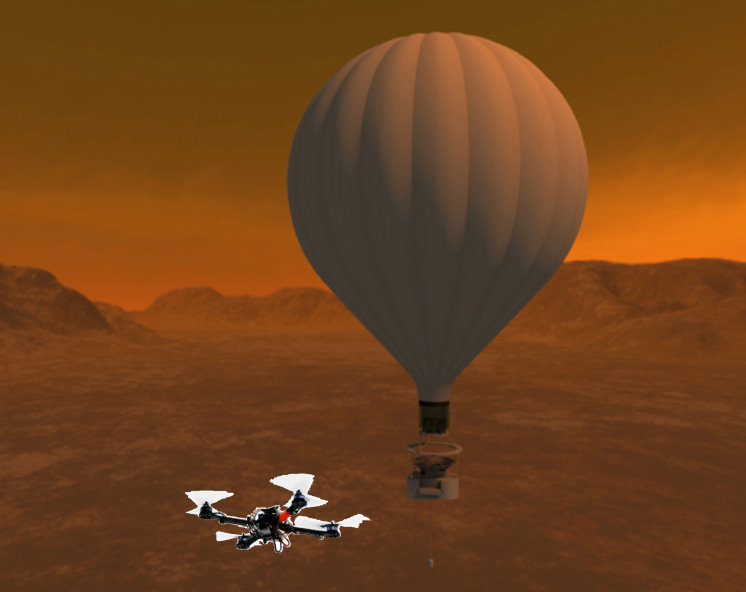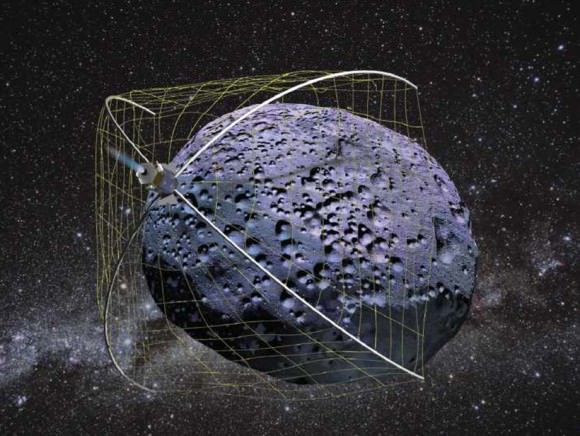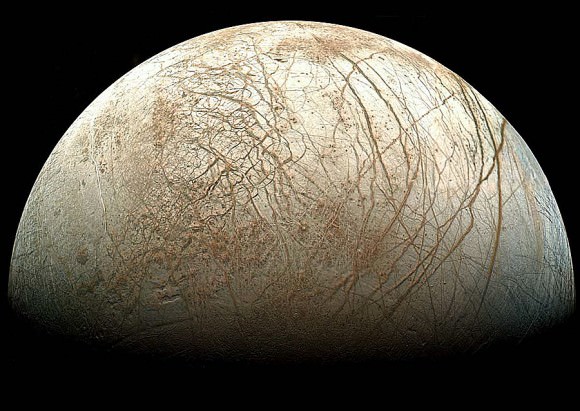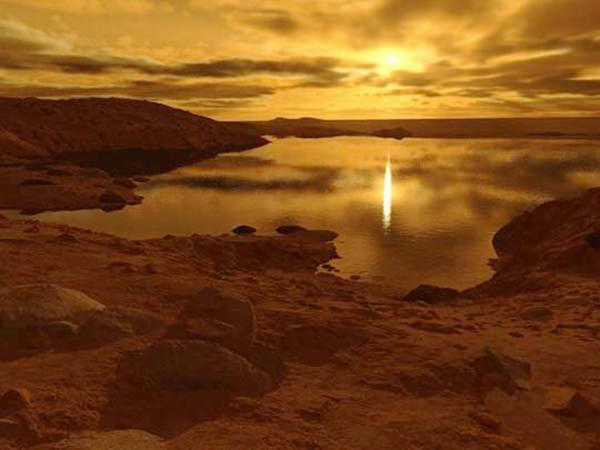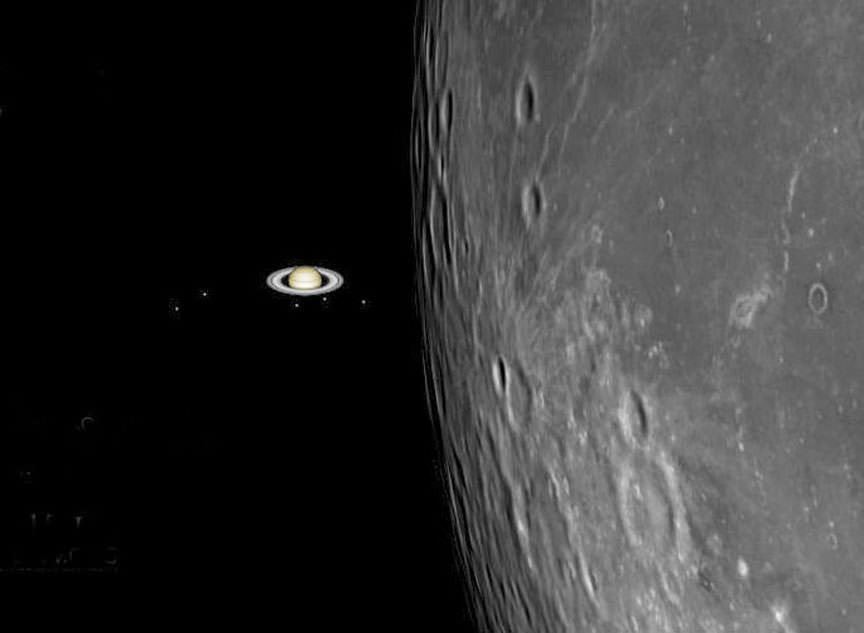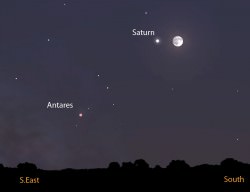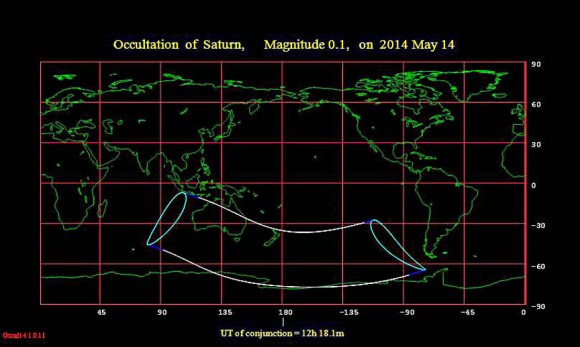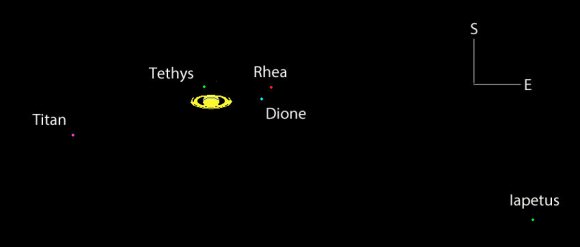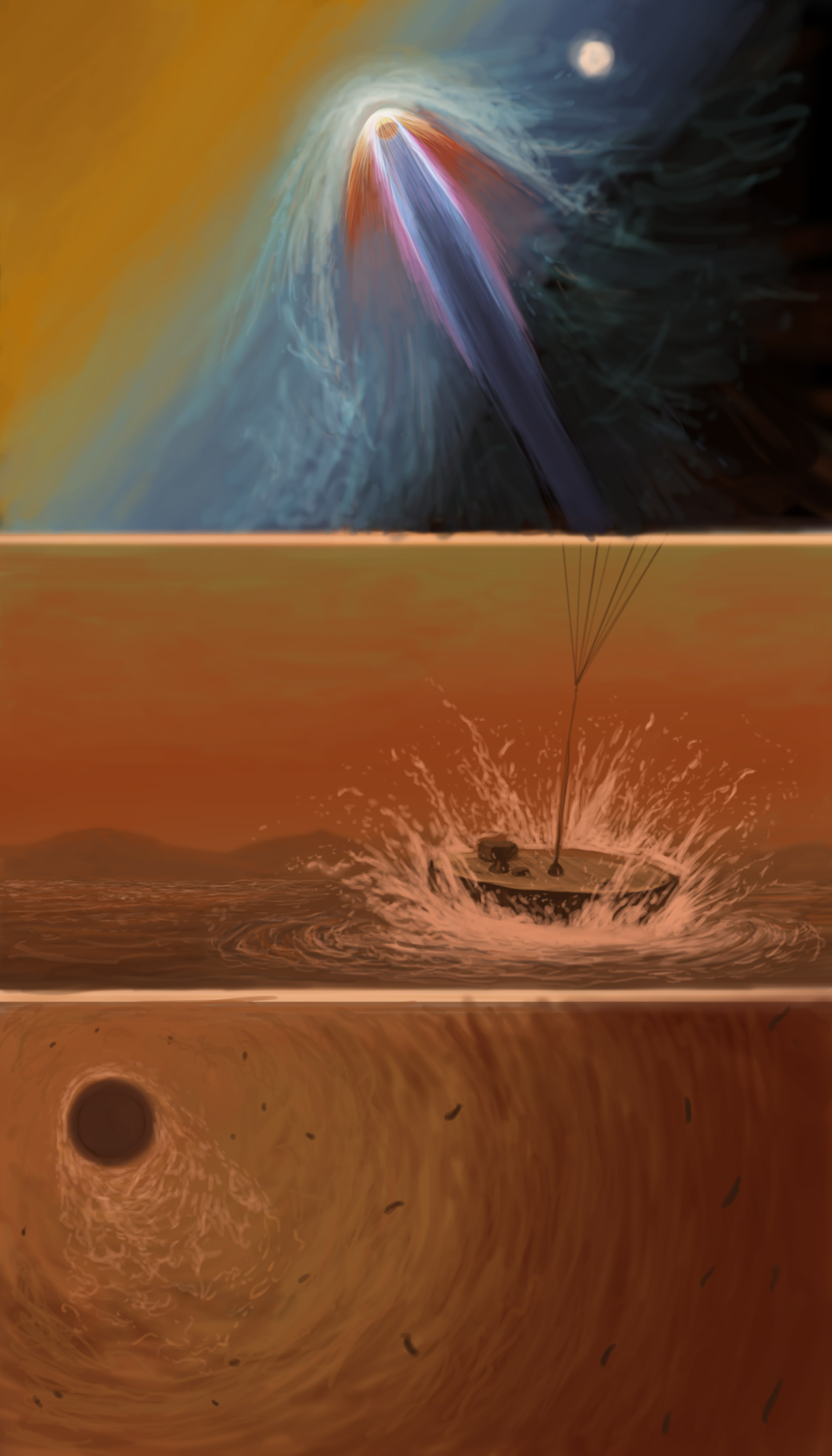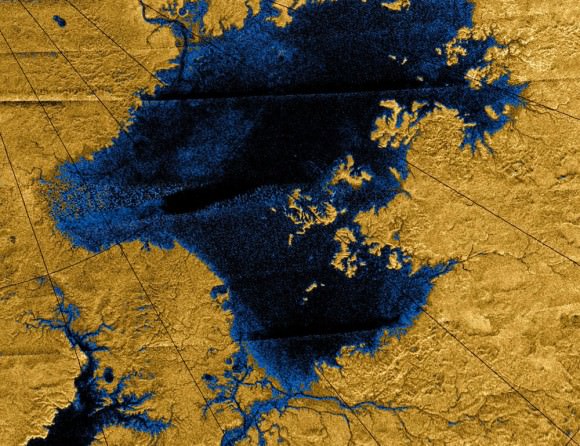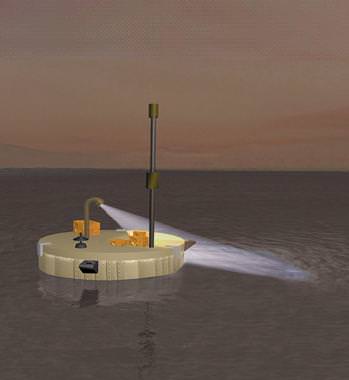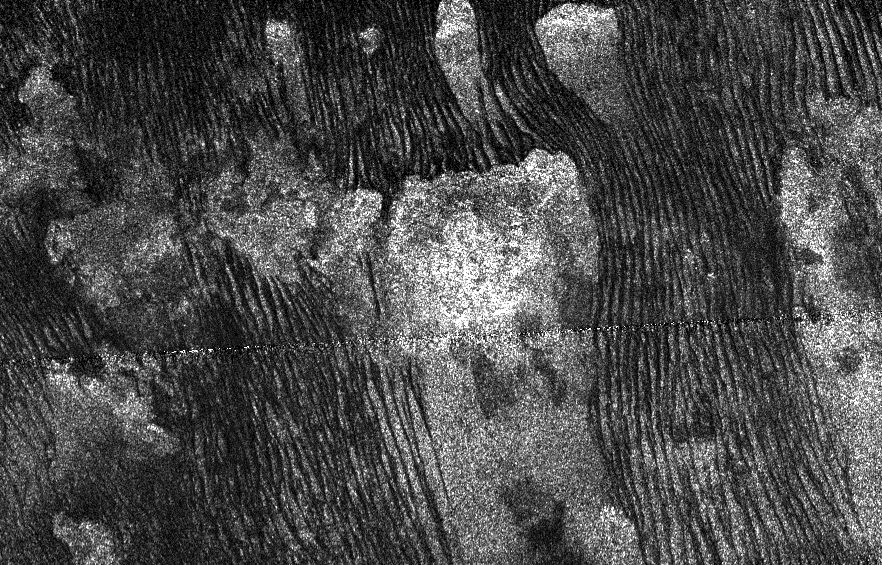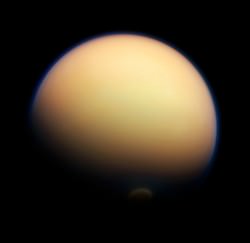Scientists analyzing the reams of data from NASA’s Cassini orbiter at Saturn have discovered 101 geysers erupting from the intriguing icy moon Enceladus and that the spewing material of liquid water likely originates from an underground sea located beneath the tiny moons ice shell, according to newly published research.
The geysers are composed of tiny icy particles, water vapor and trace amounts of simple organic molecules. They were first sighted in Cassini imagery snapped during flyby’s of the 310-mile-wide (500 kilometers wide) moon back in 2005 and immediately thrust Enceladus forward as a potential abode for alien life beyond Earth and prime scientific inquisition.
Liquid water, organic molecules and an energy source are the key requirements for life as we know it.
The eruptions emanated from a previously unknown network of four prominent “tiger stripe” fractures, named Damascus, Baghdad, Cairo and Alexandria sulci, located at the south polar region of Saturn’s sixth largest moon.
Using imagery gathered over nearly seven years of surveys by Cassini’s cameras, researchers generated a survey map of the 101 geysers erupting from the four tiger strips.
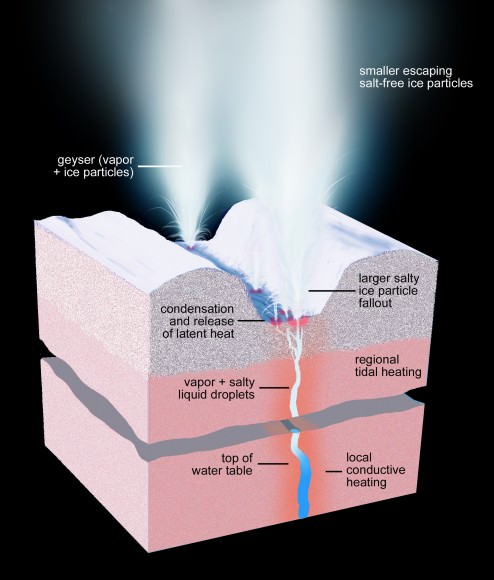
The new findings and theories on the physical nature of how the geysers erupt have been published in two articles in the current online edition of the Astronomical Journal.
Scientists had initially postulated that the origin of the geysers could be frictional heating generated from back and forth rubbing of the opposing walls of the tiger stripe fractures that converted water ice into liquids and vapors. Another theory held that the opening and closing of the fractures allowed water vapor from below to reach the surface.
The geysers locations was eventually determined to coincide with small local hot spots erupting from one of the tiger stripe fractures after researchers compared low resolution thermal emission maps with the geysers’ locations and found the greatest activity at the warmest spots.
After later high-resolution data was collected in 2010 by Cassini’s heat-sensing instruments the geysers were found to coincide with small-scale hot spots, measuring only a few dozen feet (or tens of meters) across.
“Once we had these results in hand we knew right away heat was not causing the geysers, but vice versa,” said Carolyn Porco, leader of the Cassini imaging team from the Space Science Institute in Boulder, Colorado, and lead author of the first paper. “It also told us the geysers are not a near-surface phenomenon, but have much deeper roots.”
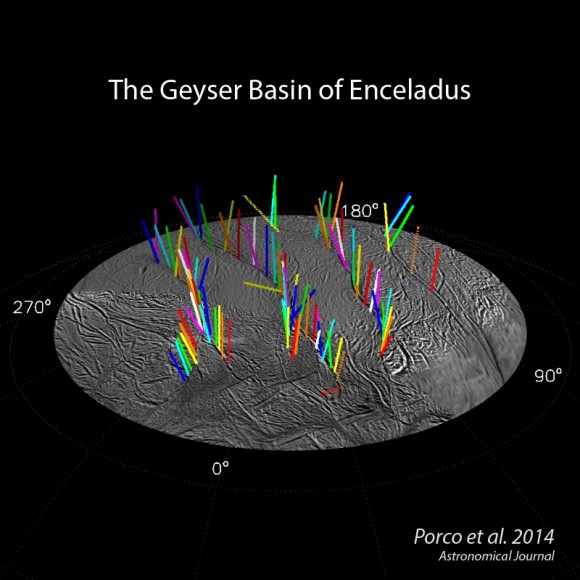
“Thanks to recent analysis of Cassini gravity data, the researchers concluded the only plausible source of the material forming the geysers is the sea now known to exist beneath the ice shell. They also found that narrow pathways through the ice shell can remain open from the sea all the way to the surface, if filled with liquid water,” according to a NASA press release.
These are very exciting results in the search for life beyond Earth and clearly warrant a follow up mission.
“In casting your sights on the geysering glory of Enceladus, you are looking at frozen mist that originates deep within the solar system’s most accessible habitable zone,” writes Porco in her Captain’s Log summary of the new findings.
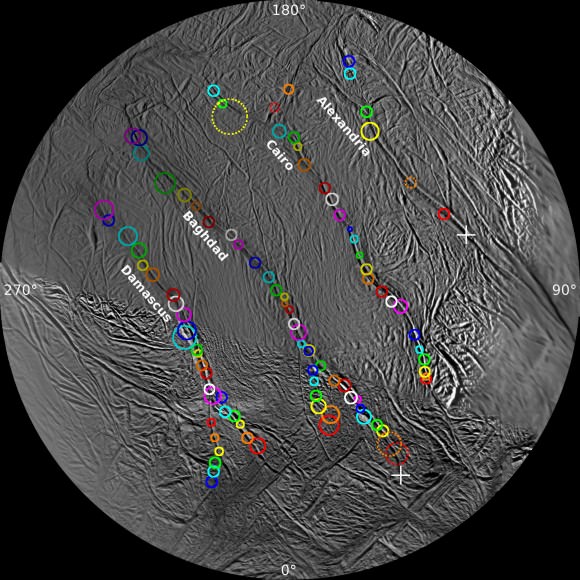
The Cassini-Huygens mission is a cooperative project between NASA, the European Space Agency (ESA) and the Italian Space Agency (ASI). Cassini was launched by a Titan IV rocket in 1997 and arrived at Saturn in 2004.
In 2005 Cassini deployed the Huygens probe which landed on Titan, Saturn’s largest moon sporting oceans of organic molecules and another prime location in the search for life.
The Cassini mission will conclude in 2017 with an intentional suicide dive into Saturn to prevent contamination on Titan and Enceladus – but lots more breathtaking science will be accomplished in the meantime!
Stay tuned here for Ken’s Earth & Planetary science and human spaceflight news.

